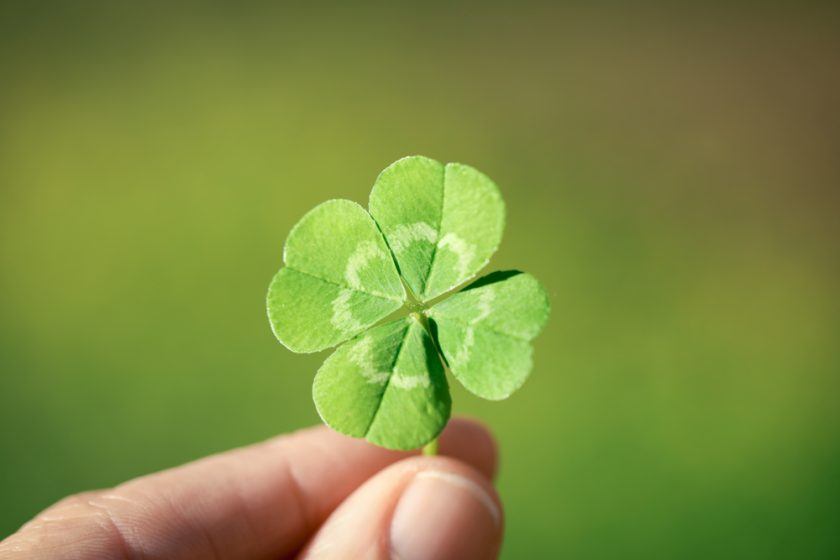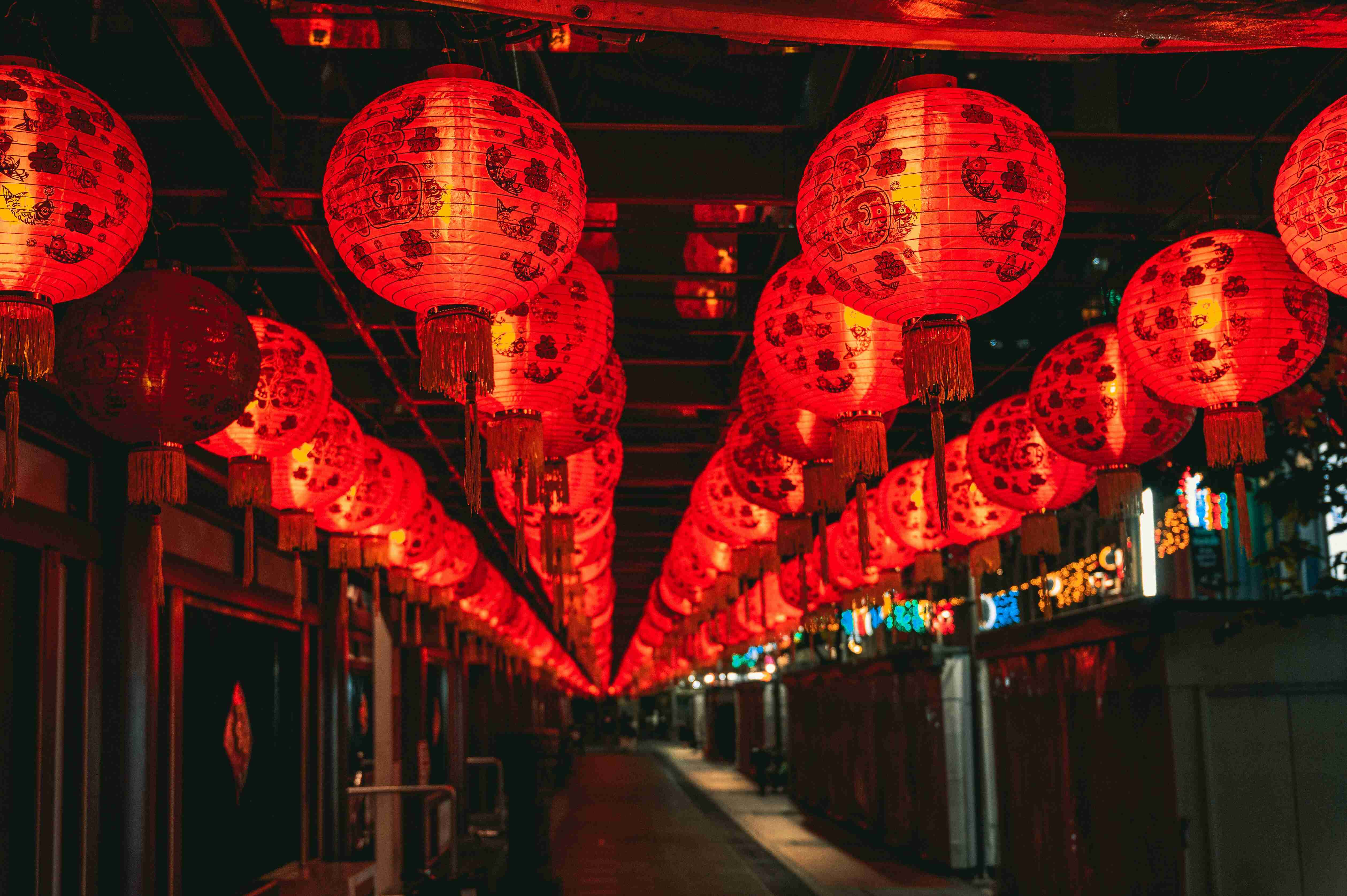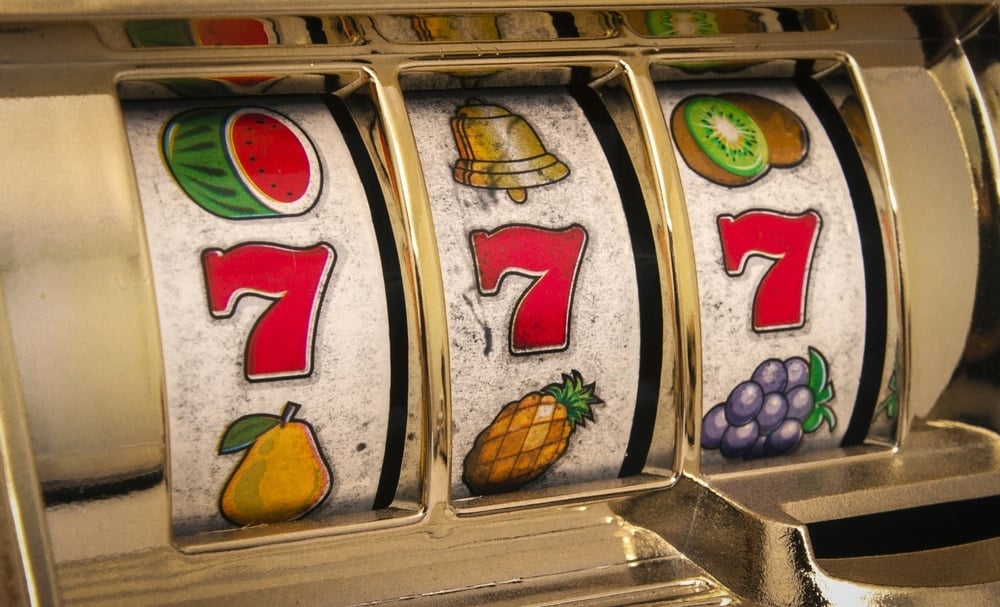Popular Good Luck Charms and Amulets from Around the World

For centuries, people across the globe have trusted good luck charms, amulets, and talismans to attract fortune and shield themselves from misfortune. Whether you’re a believer in their mystical powers or simply intrigued by their cultural significance, these symbolic items are woven into the fabric of many traditions. Explore the world’s most cherished lucky symbols and discover how they are believed to turn fate in your favor.
International Lucky Symbols and Their Origins
Every culture has its own set of unique objects thought to boost prosperity, ward off bad energy, or deliver protective magic. Here’s a look at some of the most iconic lucky charms and their fascinating histories.
The Four-Leaf Clover: Nature’s Rare Token
The elusive four-leaf clover is a universal emblem of good fortune. Its rarity in nature – with only one in thousands of clovers carrying four leaves – makes finding one especially fortuitous. Ancient legends even claim that Eve took a four-leaf clover from the Garden of Eden for luck. Today, the symbol is found on jewelry, keychains, and keepsakes worldwide.
Red Lanterns: Symbols of Light and Prosperity

In many East Asian cultures, red represents joy, luck, and abundance. Red lanterns – often displayed during festivals and celebrations, especially in China – are believed to repel negative spirits and invite good energy. Their warm glow is a popular sight at weddings, New Year events, and other festivities tied to hopeful new beginnings.
Coins: Age-Old Symbols of Wealth
Coins, the earliest form of currency, have long been associated with power and prosperity. A popular superstition says, “See a penny, pick it up, all day long you’ll have good luck.” Carrying or gifting coins continues to be a tradition intended to wish someone success and financial blessing.
Keys: Unlocking Fortune in Japanese Culture
In Japan, keys hold deep symbolism. Wearing three keys together is said to open doors to health, love, and wealth simultaneously. Even a single key worn as a charm represents unlocking new opportunities and positive changes.
The Power of Seven: A Lucky Number Across Cultures

The number seven appears in spiritual traditions from the Seven Gods of Fortune in Japan to references in Abrahamic religions. Widely regarded as particularly lucky, sevens are a popular motif in casinos, often associated with jackpot wins on slot machines. Gamblers frequently see the number as a harbinger of success, although some players avoid mentioning it in specific games like craps due to superstition.
Cat’s Eye Gemstone: Safeguarding Luck in India
The distinctive Cat’s Eye stone, prized in India, is believed to safeguard one’s fortune and protect against sudden loss. Many people keep this stone on their person to remain shielded from negativity and to support wise financial choices.
Turtles: Figures of Strength and Endurance

A symbol often found in Native American cultures, the turtle is linked to fertility, the earth, and longevity. Revered for its resilience, it’s also thought to provide steadfastness and hope – especially valuable traits for those seeking good fortune over time.
Alligator’s Teeth: African Charms for Prosperity
In some African societies, carrying an alligator’s tooth is a time-honored way to attract luck, financial gain, and protection. These teeth are often passed down through generations as treasured tokens.
Dolphins: Ocean Guardians and Bearers of Luck
Dolphins have long been seen as good omens by sailors, who regarded their playful presence as a sign of approaching land and safety. This legacy makes dolphins a favorite lucky charm for many seeking guidance and stability during life’s journeys.
Horseshoes: Protecting Homes and Welcoming Luck

A staple over doorways, the horseshoe is universally regarded as a protective talisman. For maximum effect, tradition holds that the open end should face upward, “catching” good luck. If hung upside down, it’s thought that fortune may pour out and be lost.
Additional Lucky Charms from Around the Globe
- Buddha: Rubbing the belly of a Buddha statue is believed to bring joy and prosperity.
- Bamboo: Associated with resilience and robust growth, bamboo signifies vitality.
- Crickets: Valued for their distinctive song, crickets are seen as bearers of peace and harmony, particularly in Chinese tradition.
- Elephants: These majestic creatures represent longevity, happiness, and good fortune.
- Acorns: Historically used as a shield against misfortune, acorns also symbolize new beginnings.
- Pigs: Universally recognized as harbingers of wealth and luck in various cultures.
- Rainbows: Connected with new opportunities, rainbows spark hope and dreams of abundance — think of the legendary pot of gold.
- Rabbit’s Foot: Among ancient Celts, rabbits were close to the earth’s secrets; a rabbit’s foot was considered a potent lucky object.
- Frogs: In Chinese beliefs, frogs are linked with prosperity and positive energy.
- Horn (Cornucopia): The horn of plenty is a classic icon of abundance and triumph over adversity.
Superstition and the Evolution of Luck
Human fascination with luck dates back millennia. Archaeological discoveries reveal that early societies created rituals and objects to fend off misfortune as far back as 1500 BCE. These superstitions are often informed by memories and past experiences, especially in contexts like gambling – where a memorable roll of the dice can take on legendary status.
Belief in luck often offers a sense of control in uncertain situations. In Africa, for example, people would carry ‘mojo’ bags filled with treasured items or relics associated with positive moments, hoping to tip fate in their favor. Such practices continue to influence modern traditions, blending the old with the new in a perpetual quest for a lucky break.
Amulets, Talismans, and Lucky Charms: Key Differences Explained
Although the terms are often used interchangeably, these objects have distinct meanings and purposes:
- Amulets: Typically worn for protection, these can include metals, stones, carvings, or culturally significant objects thought to shield wearers from harm.
- Talismans: Items believed to possess supernatural powers, bringing luck or enabling positive change. Talismans are sometimes “charged” through rituals.
- Lucky Charms: Originating from songs intended to bring luck or ward off evil, many cultures later attached the power of song to objects for a more lasting effect – giving rise to the modern concept of a lucky charm.
From ancient mojo bags and symbolic jewelry to the joys of a lucky find, the desire to influence fortune is a universal thread. For further insights, explore articles about lucky numbers and more luck-related traditions.








